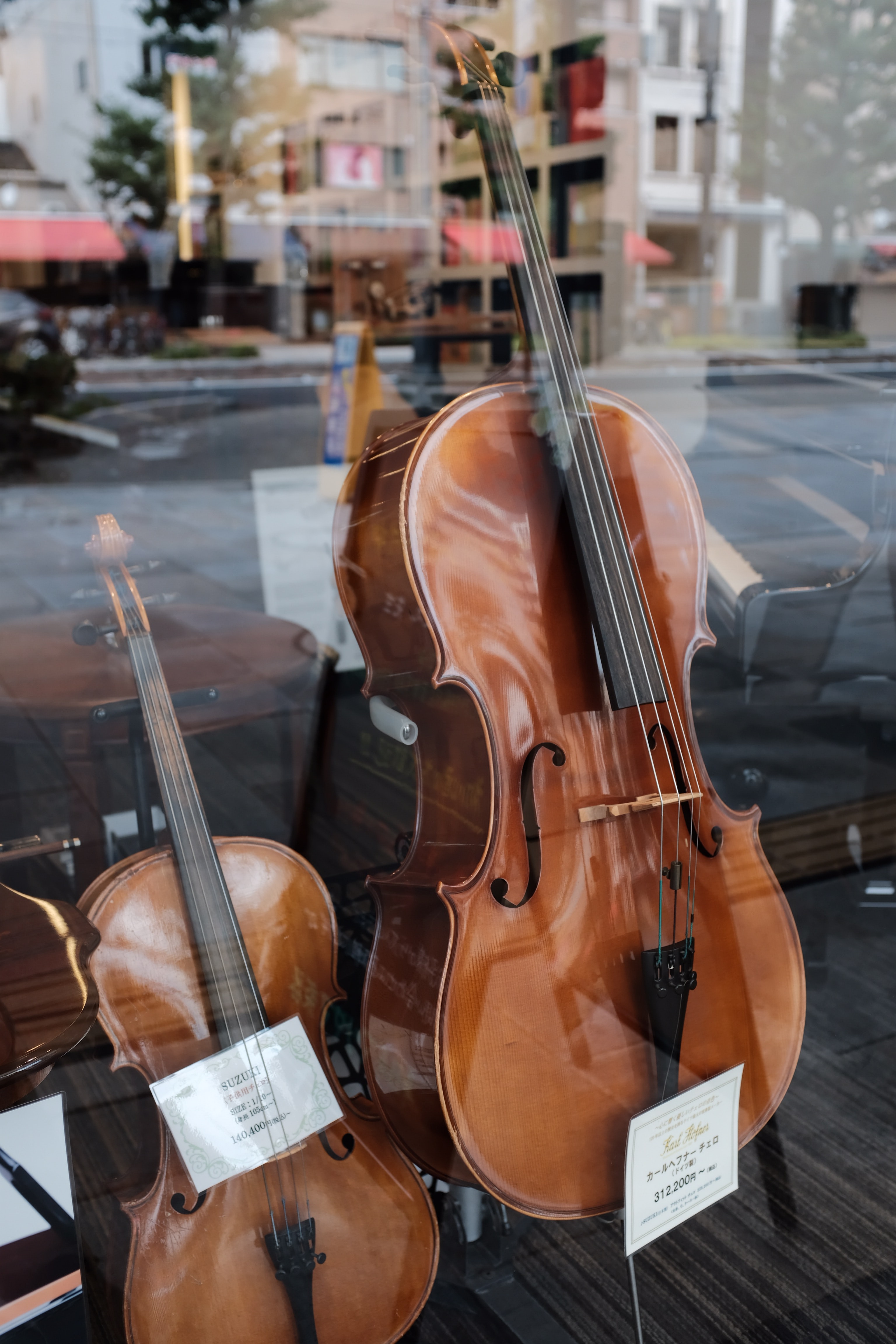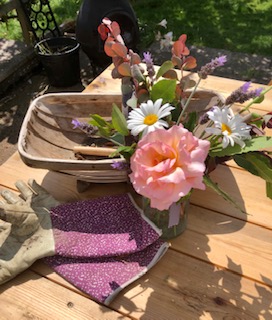Currently, one might be forgiven for believing, like Chicken Licken, that the sky is falling in. Throughout the last eighteen months, we seem to have lurched from one disaster to another: a world-wide pandemic; food and fuel shortages and natural disasters. My book club choice for this month is rather apt. Weather, by Jenny Offill, deals with the threat of climate change with humour and compassion, and it has got me thinking about how best we can deal with the comedy of errors we call life.

Nothing new under the sun
What has been is what will be, and what has been done is what will be done, there is nothing new under the sun.
Ecclesiastes, I.9 New revised Standard Version Bible
These words of wisdom were written millennia ago – around the mid 10th century, BC. And, of course, if we think about it, everything we are going through now is simply an echo of a previous time. The Spanish ‘flu of the early 20th century was far more devastating than our own pandemic and even that was a great improvement on the Plague.
As someone born in the 1960s, I have been privileged to live through the most affluent and stable time in history, yet my childhood was shadowed by labour unrest and three day weeks, hyperinflation, IRA bombings and war abroad. There was even a toilet roll shortage in the 1970s fuelled largely by panic buying (sound familiar?)
My parents, grandparents and great-grandparents had to deal with much greater calamities, yet the moral is: here we are. We are stronger than we think.

Be prepared
In the US, those who are preparing for future disaster are called preppers. They store vast quantities of guns, food and fuel and usually locate themselves ‘far from the madding crowd.’ Perhaps, should a Zombie apocalypse or nuclear war occur, they will survive. (Though why anyone would wish to live in such circumstances is beyond me.) Tempting though it may be to try to shore up against all possible catastrophe, it simply isn’t practical. (My larder really isn’t that big).
Better still, we would be wise to prepare ourselves mentally and physically to cope with whatever may befall us. The Scouts have the right idea in fostering skills that encourage using what little there is to hand and to manage even when conditions are less than optimal. Camping in the rain, chopping wood and hiking difficult trails shows us that we can overcome adversity and that is crucial when faced with life’s challenges.

Resilience and flexibility
Resilience and flexibility are two qualities we would be wise to nurture to ensure that life’s ‘slings and arrows’ do not hurt us. Modern living, with its focus on instant gratification and personalised service, has weakened our abilities to adapt and recover from difficulties. Sometimes we simply have to do without. Since for most of us fortunate enough to live in the West, this means doing without luxuries: foreign travel, the brand of product we love or the ability to drive anywhere we want. Ask someone in the developing world what doing without means and they will probably point to necessities like food. Keeping a sense of perspective is important.
But to show that I am as fallible as anyone, I had a grumpy moment today while looking for some rice cakes or crackers to go with my soup for lunch. We were out of all of the above. I stood in my pantry and bewailed my loss. ‘I have nothing to eat!’ I cried out in my head while my eyes scanned the abundance of tins and dry goods on the shelves and the large fridge-freezer in front of me. A little voice in my head said, ‘Really?’ Then I laughed. Of course, I had plenty. Sometimes, we just have to remind ourselves.
And contrary to popular belief, a little hardship is not a bad thing. Without challenge, we are diminished. As anyone who has gone to the gym will know, you have to push yourself to exhaustion and even pain for muscle to build. Growth, both physical and mental, requires training and discipline. It is seldom comfortable. Indeed, we should be wary of comfort. Contrary to what advertisers might tell you, it creates far more unhappiness than joy. Only when we negotiate difficulties and overcome them, will we be rewarded with that.
Positive thinking

Getting our heads into a good place is going to be the most beneficial ‘prepping’ that we can do. We can take practical steps like reducing our dependence on social media (which rather like Chicken Licken loves followers in their proclamations of doom). We can temper our use of mainstream media, since it sells on the basis of what outrages rather than informs. We can turn our minds and actions to helping others, since ironically, it help us too.
Of course, we can train our minds through meditation, prayer and mindfulness to become more accepting and more alert. Focussing on what is rather than catastrophising about what might be would serve us all well. When I think of all my sources of stress, they are almost invariably of the what might be category. Yet, it was not the sky that fell but an acorn.
And most of all, be grateful. I once had a wee poster that said ‘Every day may not be good, but there is good in every day.’ Cultivating gratitude is the ultimate weapon against despair. Recently, I came across this lovely quote by Elizabeth Gaskell writing in the mid 19th century:
Looking back upon the year’s accumulated heap of troubles, Margaret wondered how they had been borne. If she could have anticipated them, how she would have shrunk away and hid herself from the coming time! And yet day by day had, of itself, and by itself, been very endurable – small, keen, bright little spots of positive enjoyment having come sparkling into the very middle of sorrows.
Elizabeth Gaskell, North and South
And now I better go and take the dog to the puppy park. She has dropped her ball at my feet and is pawing me for attention. It will probably rain. But that’s okay, I have a good jacket.







































